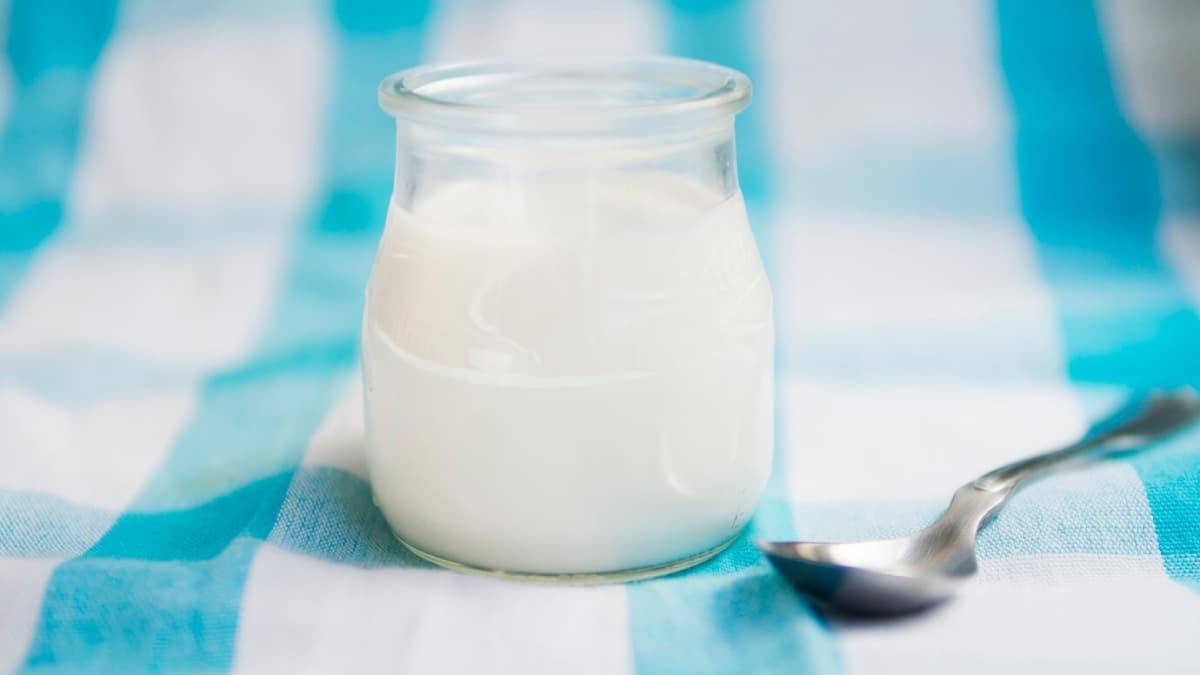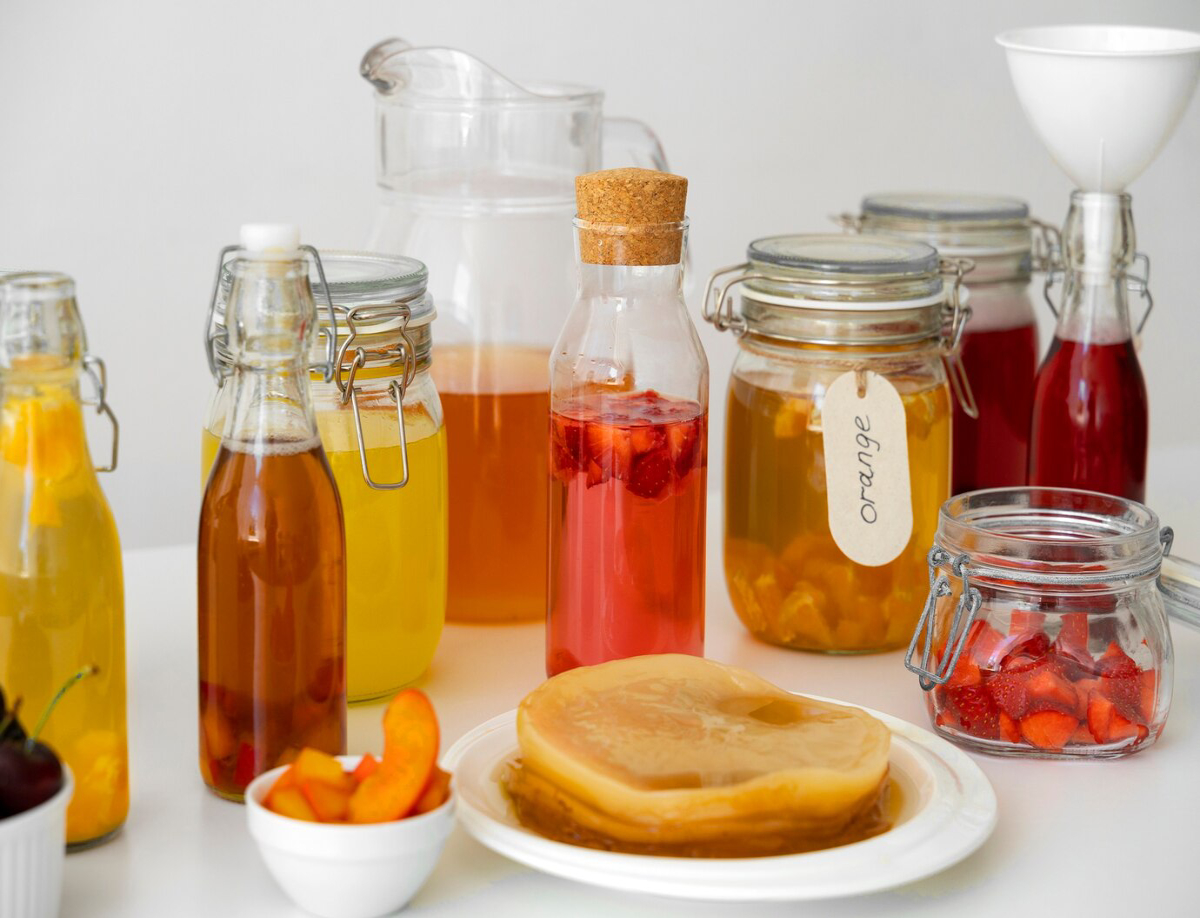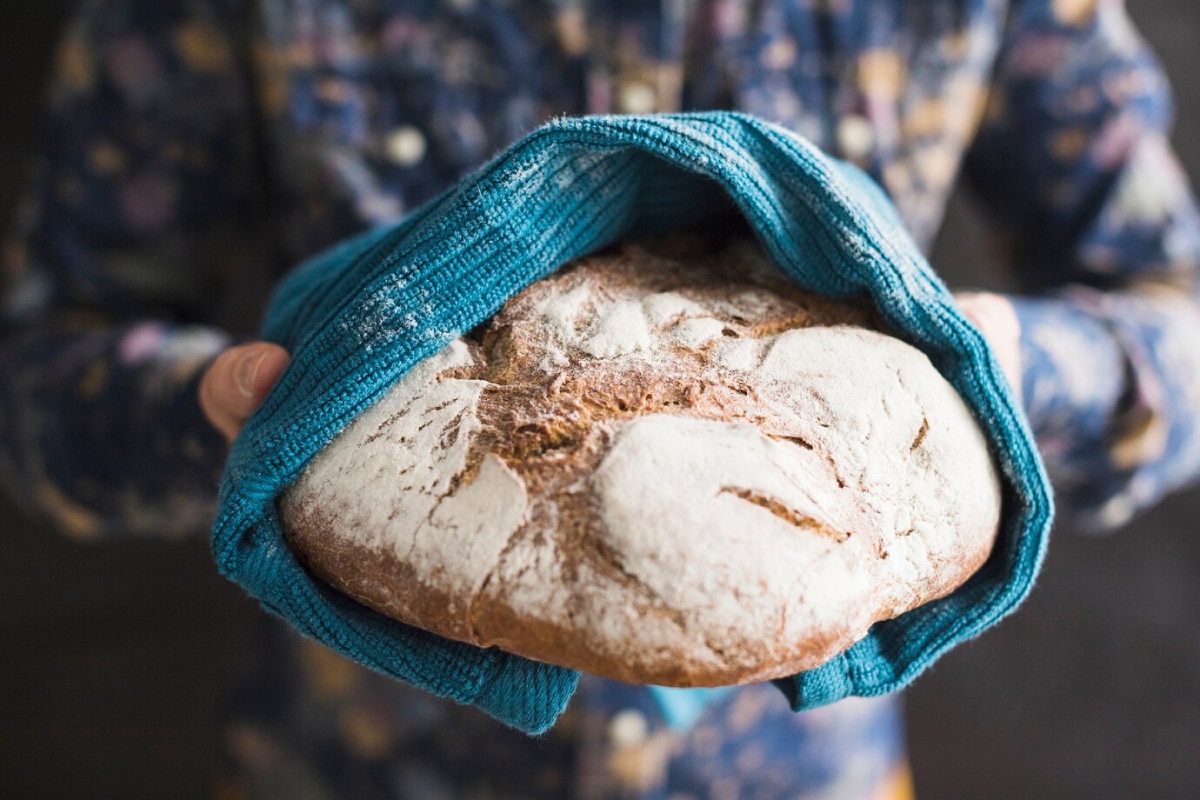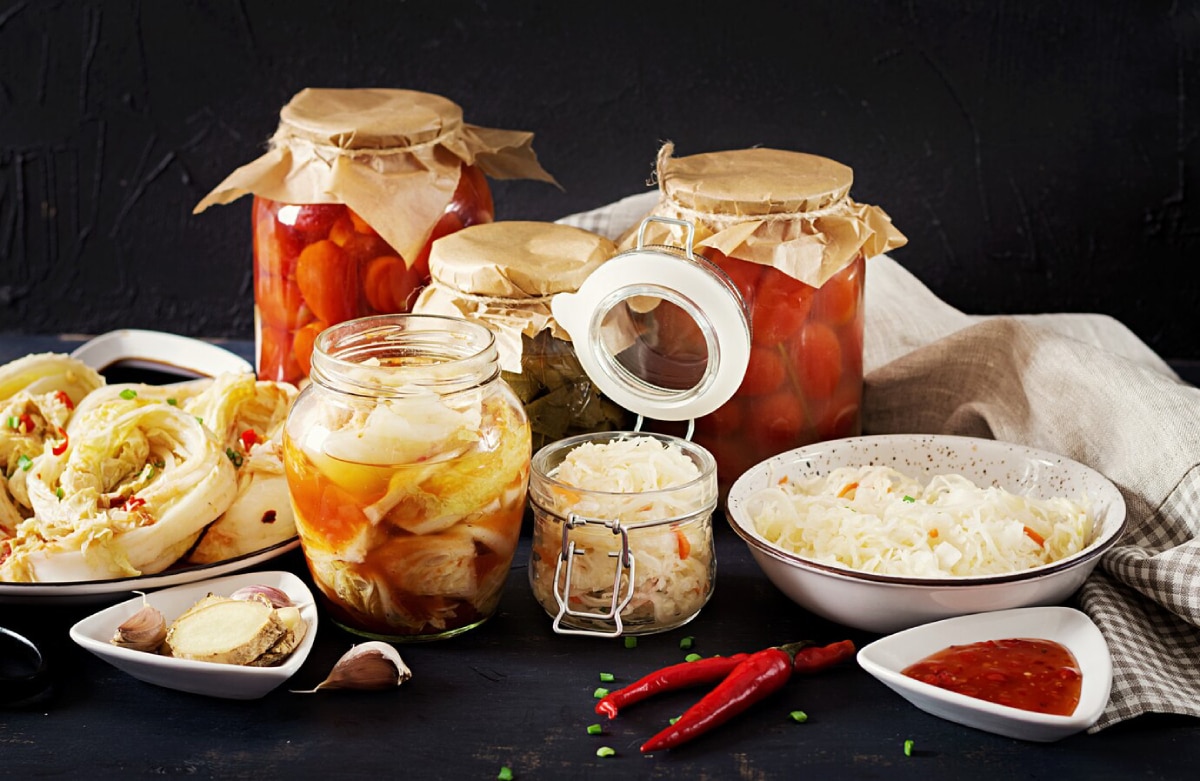
Discovering the Rich Variety of Traditional African Fermented Foods
Fermentation in Africa isn’t just about prolonging shelf life. It’s a sacred art, woven into the daily rhythms of life and deeply embedded in the continent’s culinary traditions. From the tang of Ethiopian injera to the bubbly sweetness of pito beer, fermented foods have shaped African nutrition, social gatherings, and food culture for millennia.
In this article, you’ll travel across regions—East, West, Central, and Southern Africa—to explore powerful African fermented recipes, learn about the microbiology behind ancient techniques, and discover how these time-tested foods offer incredible probiotic African meals that support modern wellness.
Whether you’re a culinary adventurer, a home fermenter, or someone reconnecting with ancestral practices, this piece celebrates both the science and soul behind traditional African fermented foods.
Why Fermentation Is Vital in African Food Culture
Climate Meets Ingenuity
In many African regions with hot climates and limited refrigeration, fermentation has historically served as a natural form of preservation. But it also imparts:
- Complex flavours – sour, tangy, earthy, umami
- Digestive benefits – live probiotics improve gut health
- Nutritional enrichment – fermentation boosts bioavailability of vitamins and minerals
Communal Tradition
Fermentation in Africa is more than kitchen science—it’s part of a community’s rhythm. Preparing and sharing fermented dishes is often tied to:
- Harvest celebrations
- Births and weddings
- Healing rituals and ancestral offerings
Like the sound of natural probiotics? Explore The Science Behind Fermented Probiotics
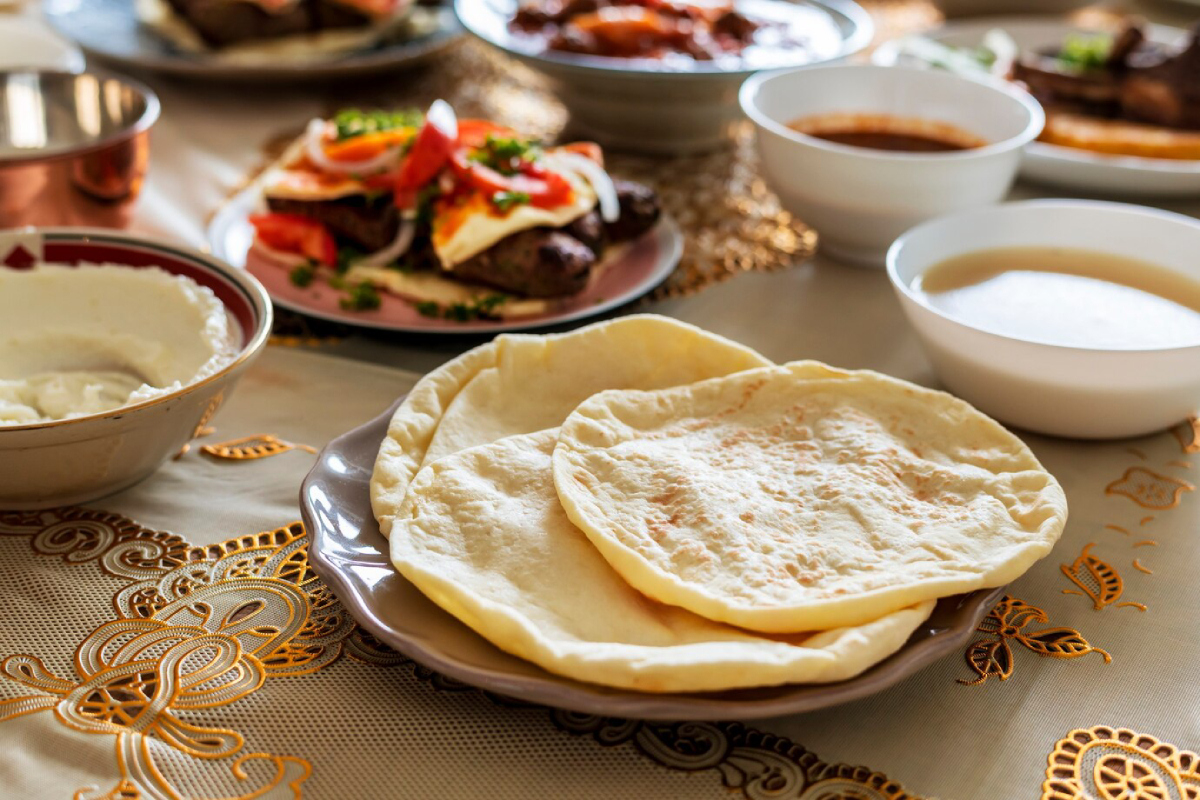
East Africa: Injera and Beyond
1. Injera (Ethiopia, Eritrea)
This spongy, slightly sour flatbread is central to meals in the Horn of Africa. Made from teff, a naturally gluten-free ancient grain, injera is fermented for several days before being cooked on a large flat griddle.
Why It’s a Probiotic Powerhouse:
- Fermentation enhances teff’s nutrient profile
- Contains lactic acid bacteria
- Easier to digest than unfermented grains
How It’s Eaten:
- Acts as both plate and utensil
- Served with lentils, stews (wat), and vegetables
Basic Injera Recipe:
Ingredients:
- 2 cups teff flour
- 2 ½ cups water
Steps:
- Mix flour and water in a bowl.
- Cover loosely and let ferment for 2–4 days.
- Stir, then cook on a hot skillet like a crepe.
2. Obushera (Uganda)
A fermented millet or sorghum drink, often slightly sweet and naturally fizzy. Traditionally consumed during ceremonies and celebrations.
West Africa: Funk, Flavour, and Fermentation
1. Nunu (Ghana)
A fermented cow’s milk yoghurt-style drink, often homemade and sold in local markets. Tangy and cooling, it’s popular as a breakfast drink.
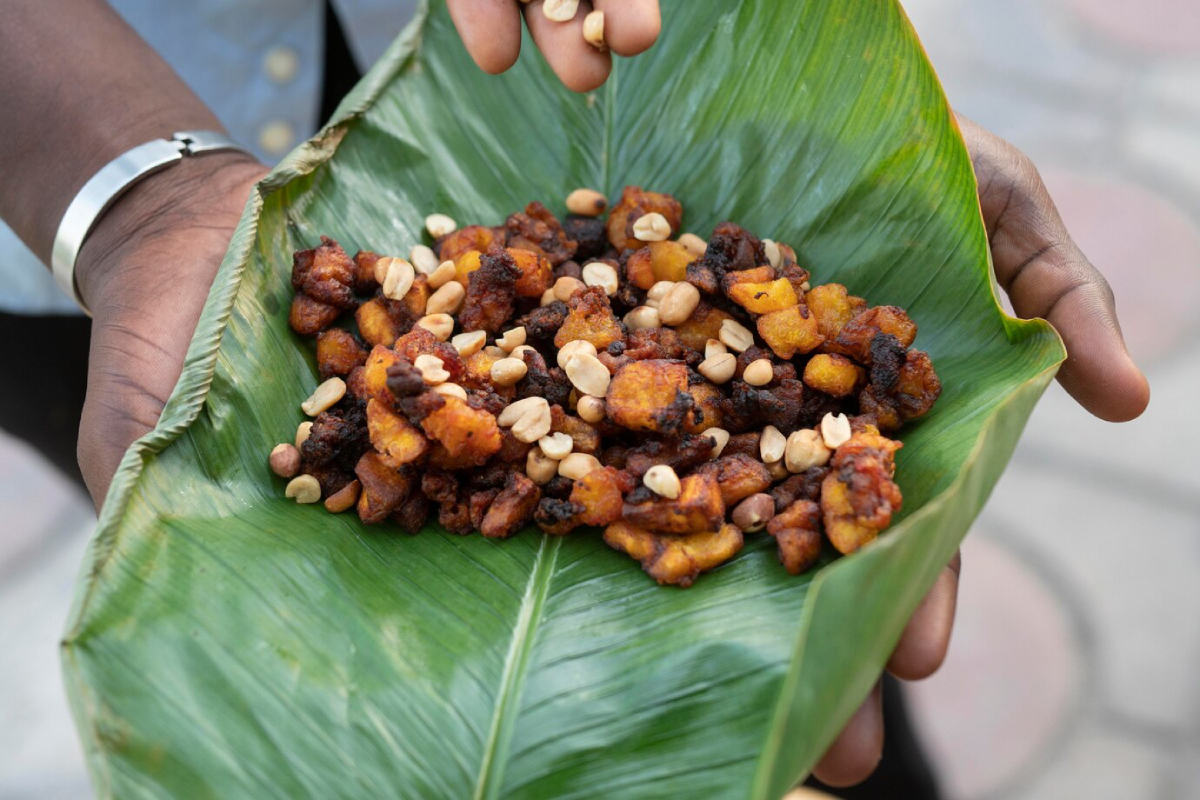
2. Ogi / Akamu (Nigeria, Ghana)
Made from fermented maize (corn), ogi is a porridge that’s both weaning food for babies and a comfort food for adults.
Nutritional Highlights:
- Rich in probiotics
- High energy content
- Easy to digest
3. Dawadawa / Iru (Nigeria, Mali)
Made from fermented African locust beans, this ingredient is rich in umami and used to flavour soups and stews.
How It’s Made:
- Beans are boiled and left to ferment for 2–3 days.
- Seeds are then mashed and formed into cakes or balls.
- Often dried or preserved in oil.
Health Benefits:
- High in protein
- Packed with vitamin B complexes
- Supports digestive enzymes
Central Africa: Sours and Staples
1. Pombe (Kenya, Congo, Rwanda)
A traditional sorghum or maize beer made via spontaneous fermentation. It’s communal, unfiltered, and full of living cultures.
2. Kwanga (DR Congo)
A fermented cassava bread, steamed or baked. Fermentation reduces cassava’s natural toxins and adds tang.
3. Maboke (Cameroon)
Fermented fish wrapped in banana leaves and steamed with spices. Popular in river communities.
Southern Africa: Grains, Gourds, and Gut-Friendly Fare
1. Mahewu (Zimbabwe, South Africa)
A fermented maize-based drink, often flavoured with ginger or sorghum. Traditionally served chilled.
2. Ujeqe (South Africa)
Steamed fermented bread made with wheat flour. Slightly sour and soft.
3. Chibuku (Malawi, Zambia)
A cloudy beer made from maize or sorghum. Commercial and home-brewed versions exist, with short shelf lives due to live cultures.
Iconic African Fermented Dishes and Drinks Table
| Dish/Drink | Region | Main Ingredient | Fermentation Type |
| Injera | East Africa | Teff | Lactic acid (wild) |
| Nunu | West Africa | Cow’s milk | Bacterial culture |
| Ogi | West Africa | Maize | Lactic acid (wild) |
| Mahewu | Southern Africa | Maize | Lactic acid (wild) |
| Pombe | Central Africa | Sorghum | Alcoholic (spontaneous) |
| Dawadawa | West Africa | Locust beans | Lactic acid + proteolysis |
Discover more starter-free methods like this in Fermenting Vegetables Without a Starter
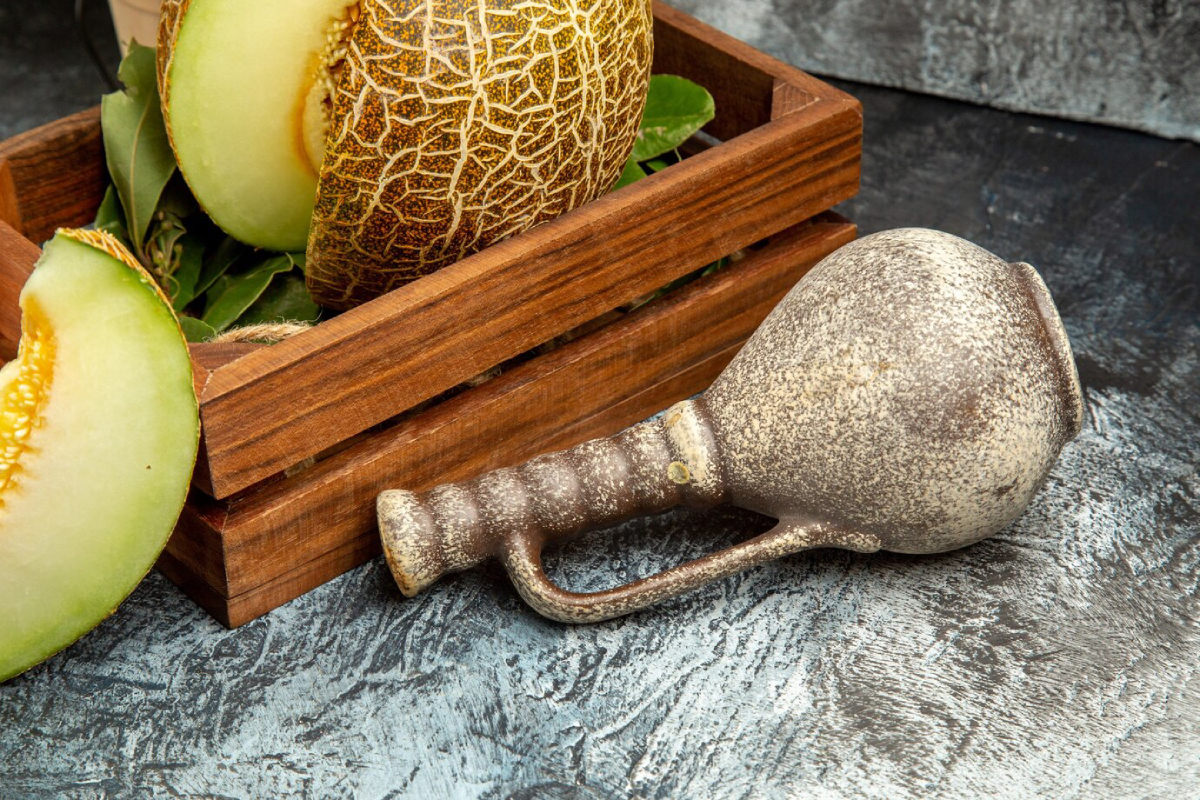
Tools and Techniques: Ancient and Ingenious
Traditional Tools:
- Calabashes and gourds – natural fermenters
- Clay pots – regulate temperature and preserve freshness
- Woven strainers – to sieve fermented grains
Techniques:
- Back-slopping – using a portion of a previous ferment to start a new one
- Sun drying – for fermented cakes or powders
- Wrapping in leaves – to retain moisture and promote anaerobic fermentation
Note: Many African ferments rely on ambient temperature and wild microbes, making them ideal for home kitchens.
How to Incorporate African Fermented Foods into Your Modern Meals
- Labneh meets Dawadawa: Stir locust bean paste into yoghurt for a tangy dip.
- Injera Pizza Base: Use injera as a base and top with grilled veggies and cheese.
- Mahewu Smoothie: Blend with banana, honey, and a dash of cinnamon.
- Fermented Bean Stew: Use ogi or fermented bean base in your next chilli or curry.
These foods aren’t relics—they’re versatile, nutrient-dense, and ideal for gut-friendly fusion meals.
Tips for Home Fermenters
- Use clean tools, not sterile ones—you want good microbes!
- Try small batches first to understand flavour development.
- Label your jars with ingredients and dates.
- Avoid iodised salt—use sea or rock salt.
- Be patient—African ferments often take days or weeks to mature fully.
Reclaiming Roots, One Ferment at a Time
Traditional African fermented foods offer a deep well of wisdom, flavour, and health benefits. They’re not just food—they’re identity, resilience, and memory. Whether you’re making injera with teff fermentation, sipping nunu, or cooking with dawadawa, you’re honouring a rich tradition that’s still evolving.
Fermentation connects us to the land, to our ancestors, and to our microbiome. These foods deserve a place not just in nostalgic storytelling, but in modern diets and probiotic explorations.
Start simple. Start small. But start. There’s a whole continent of culture and cuisine in every bubble and tangy bite.
If you try a recipe or rediscover a family favourite, we’d love to hear your story. Leave a comment below or tag us with your fermented creations!
